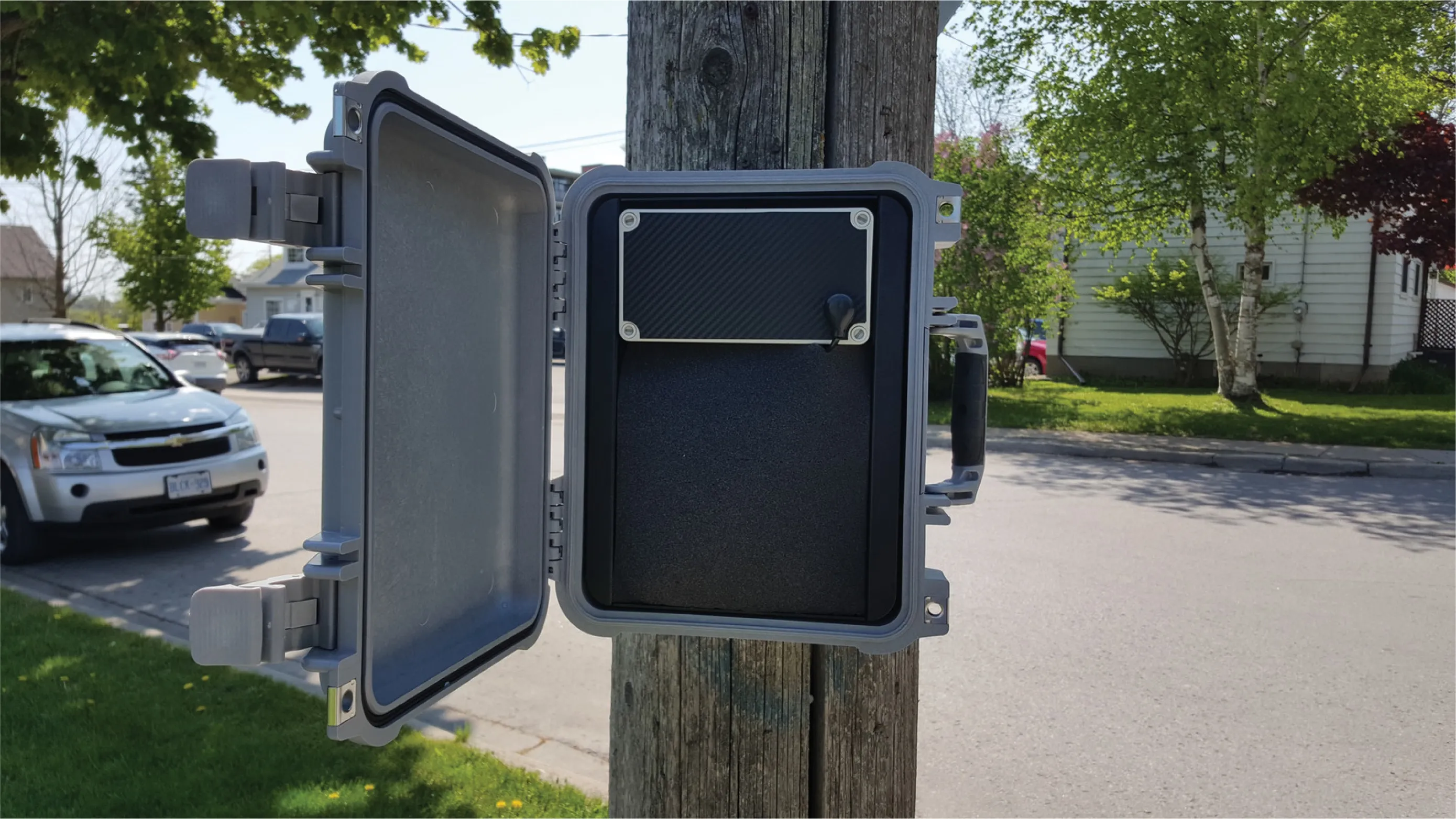
The solution is said to detect people while rejecting shadows, litter, leaves and other distractions.
645 processes information on board with new chip-set and algorithms for automated decision-making with the intention of providing ultra-reliable detection. It utilises a 3D high-definition, stereo-vision optical sensor that detects moving and stationary targets. In addition, the device has IP and real-time video capabilities, allowing it to feed data and pictures down the wire and into ITS control rooms to assist with informed, smart city decisions.
Multiple AGD detectors can be set up at the same time from a safe position on the ground, or in a vehicle up to 100m away.









